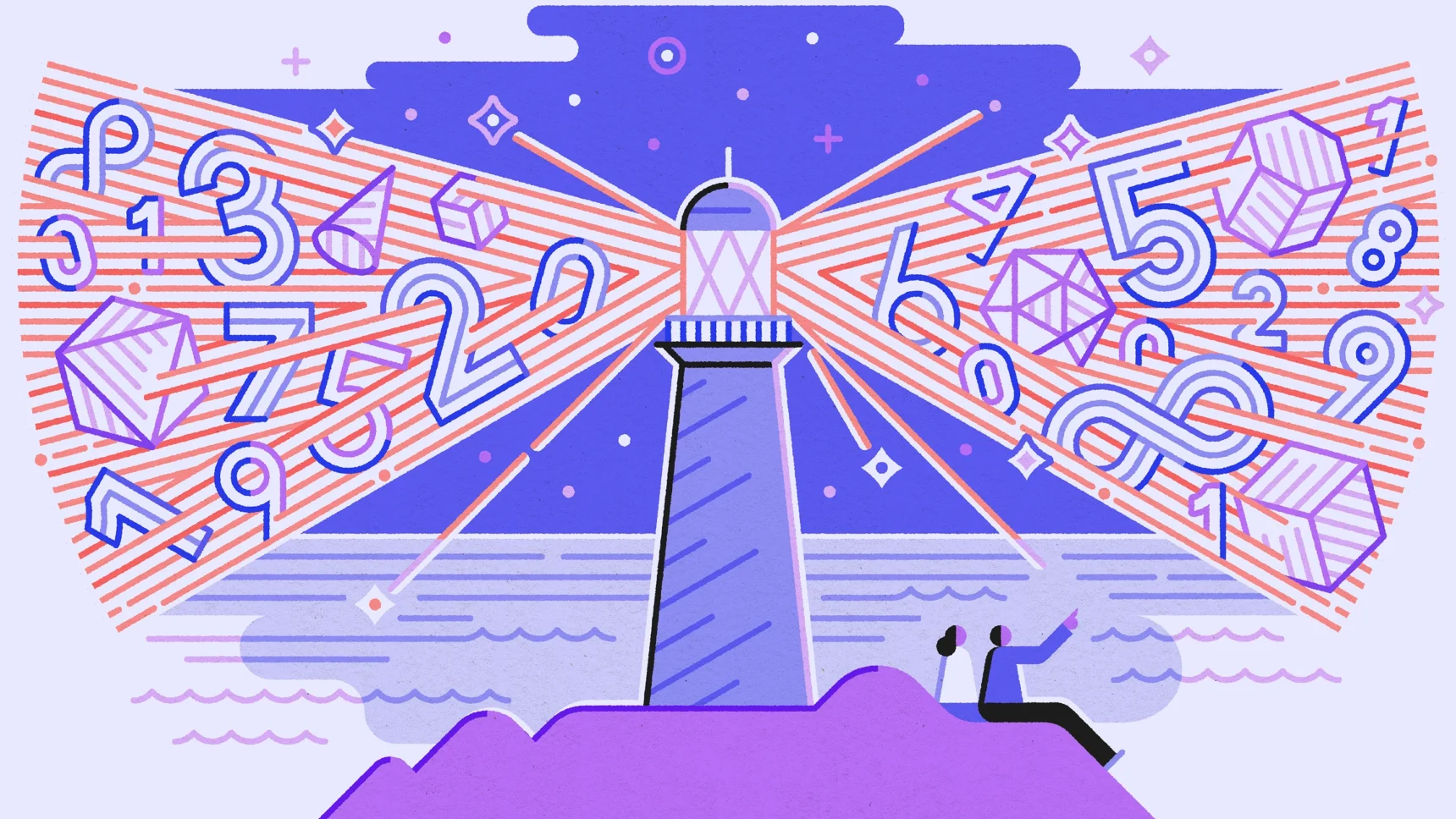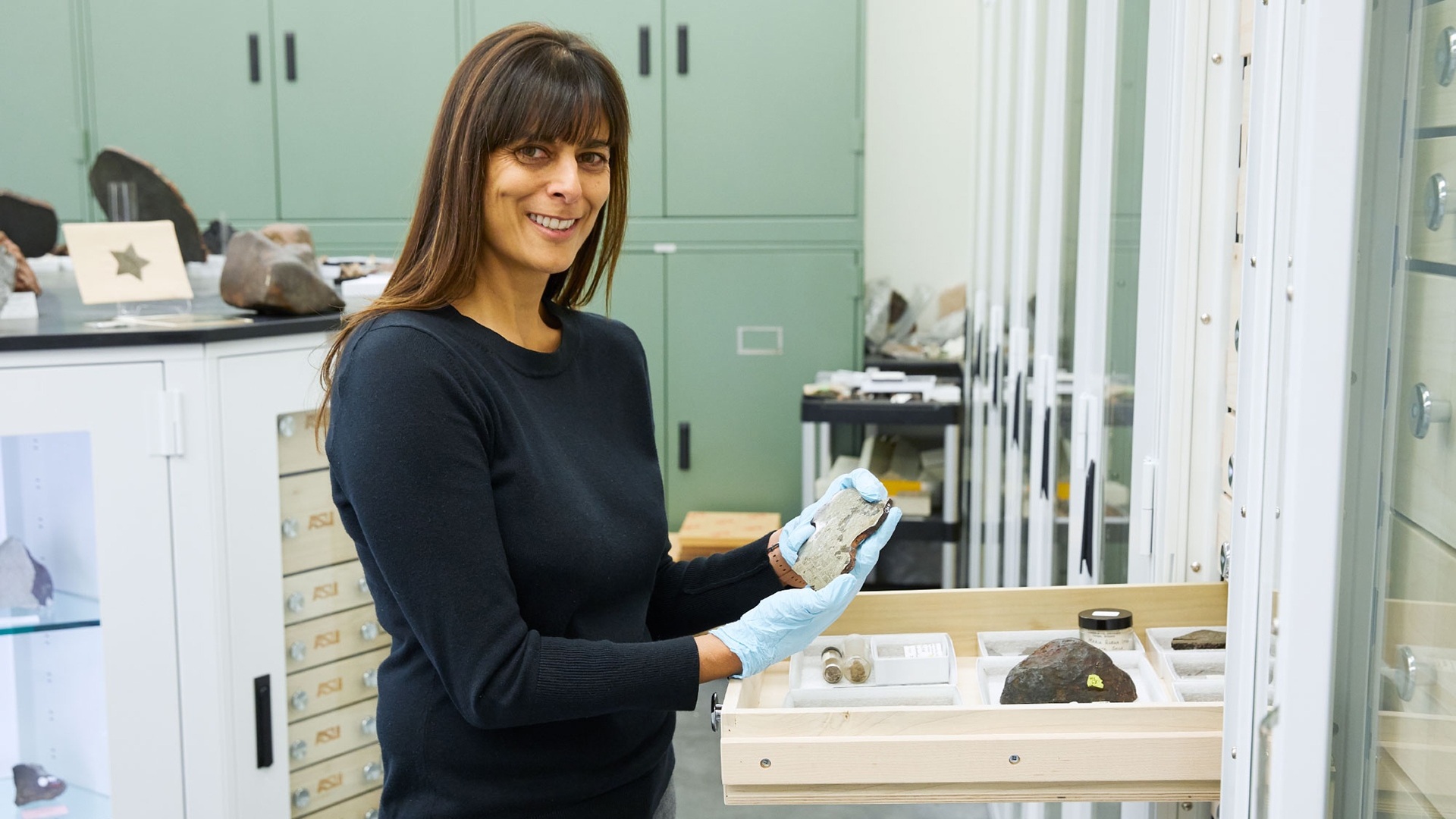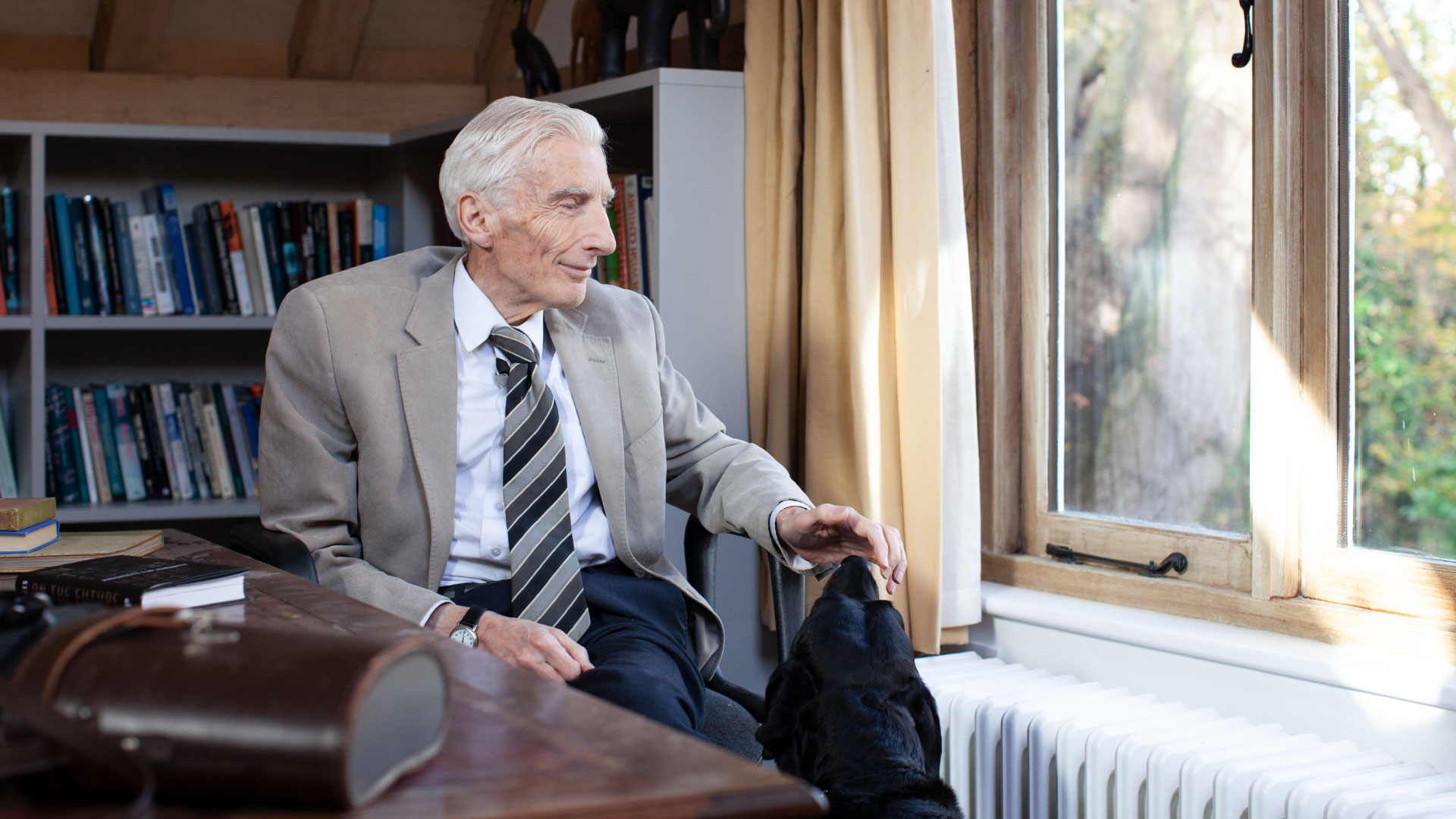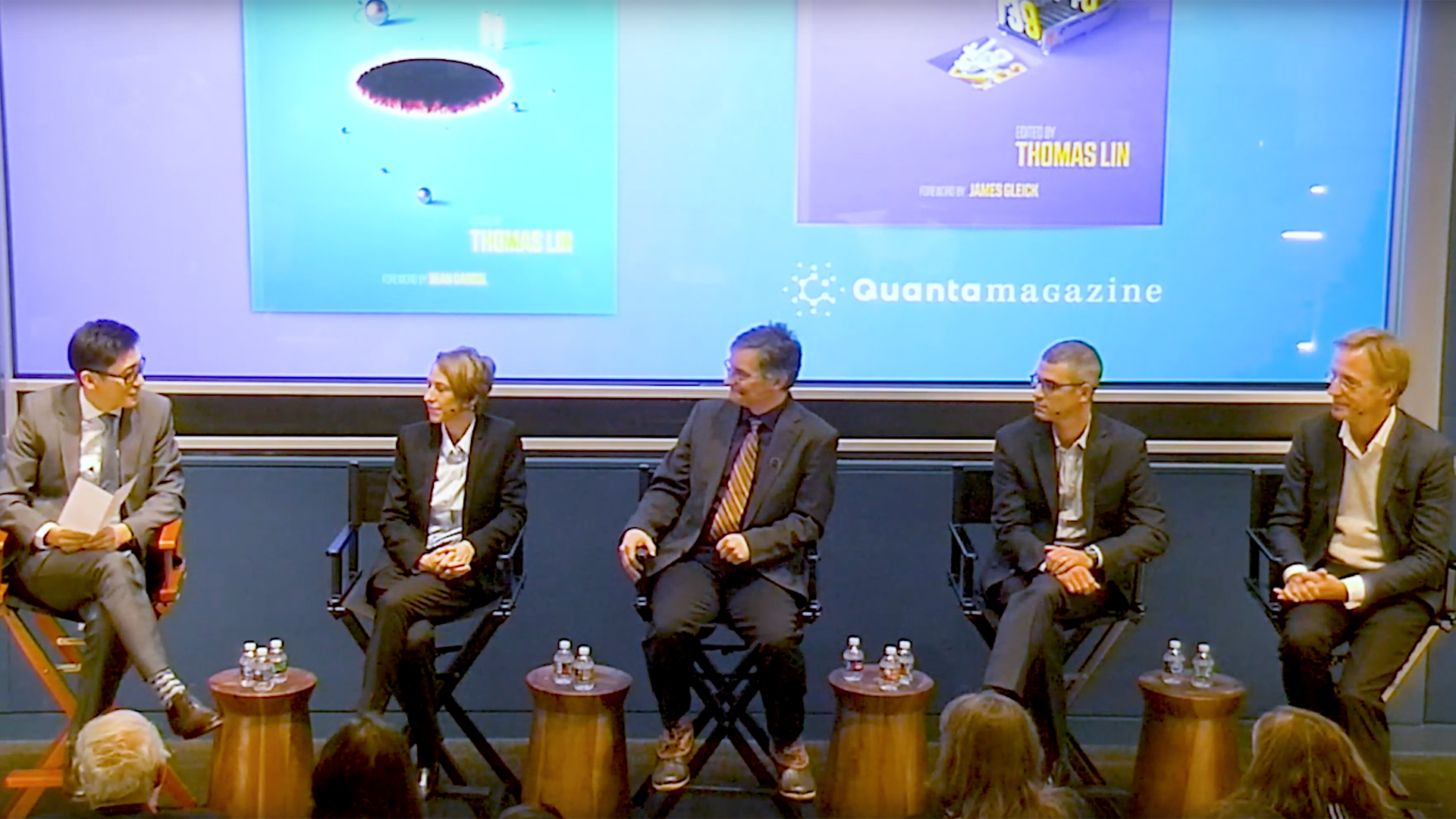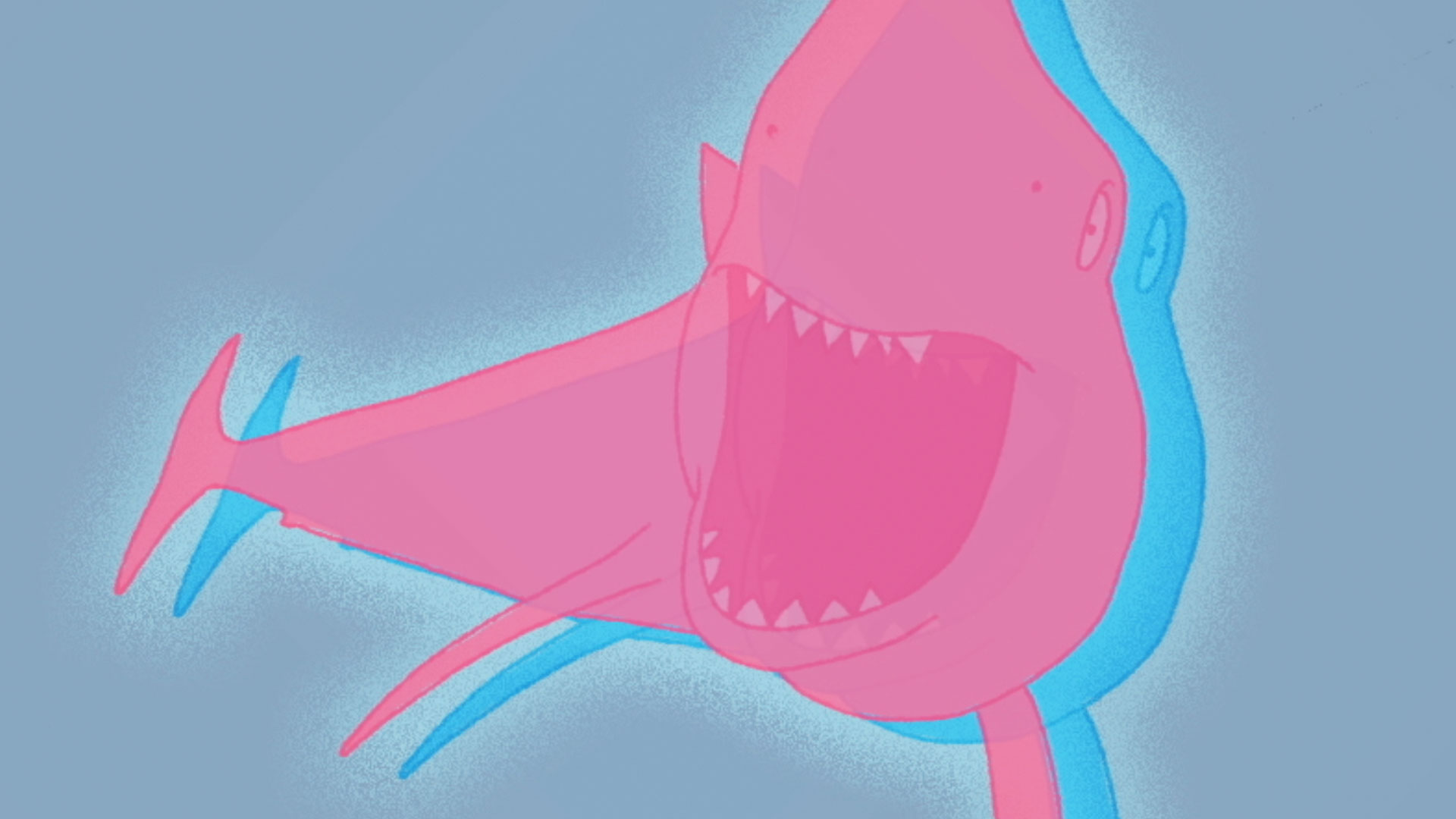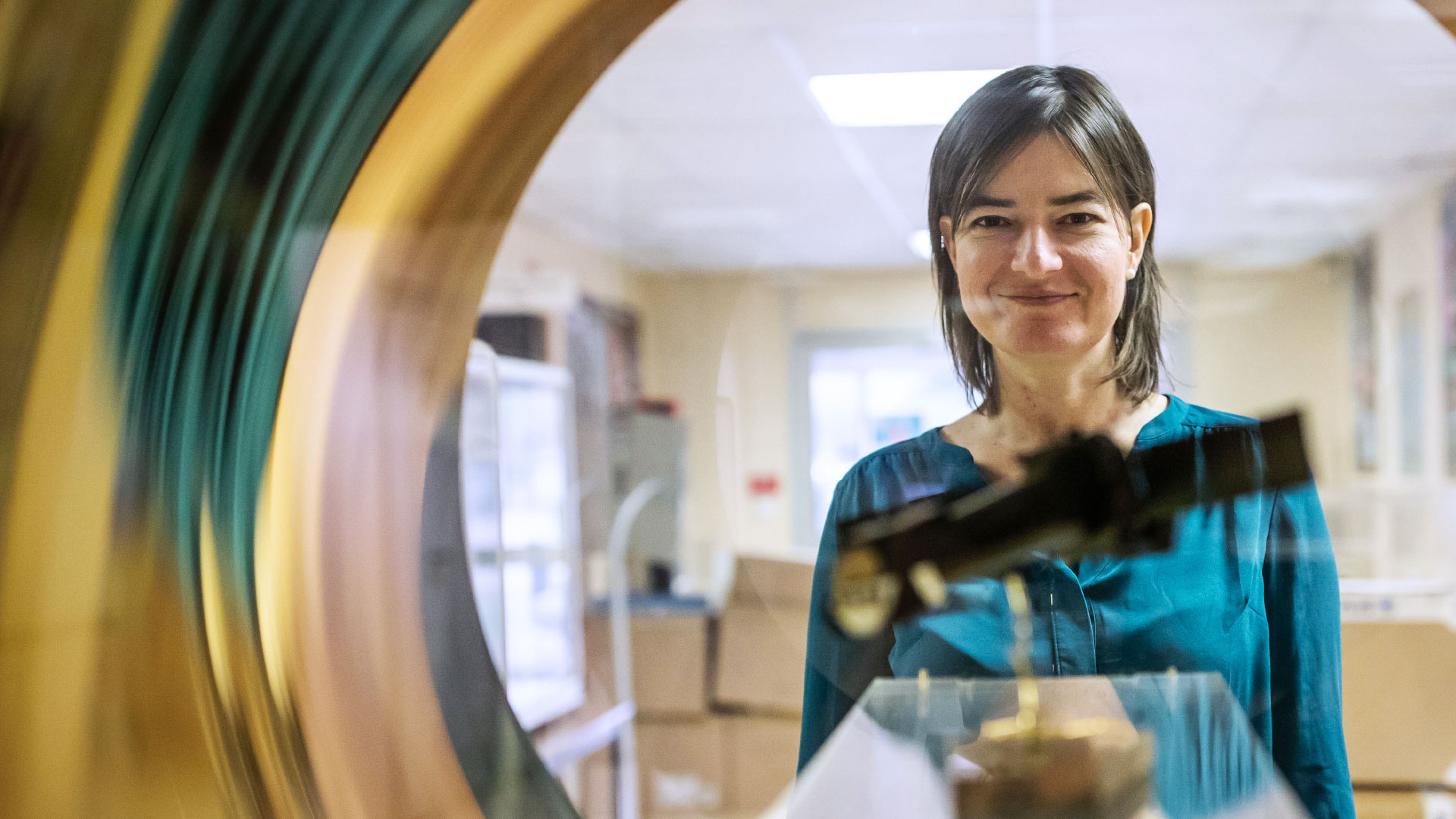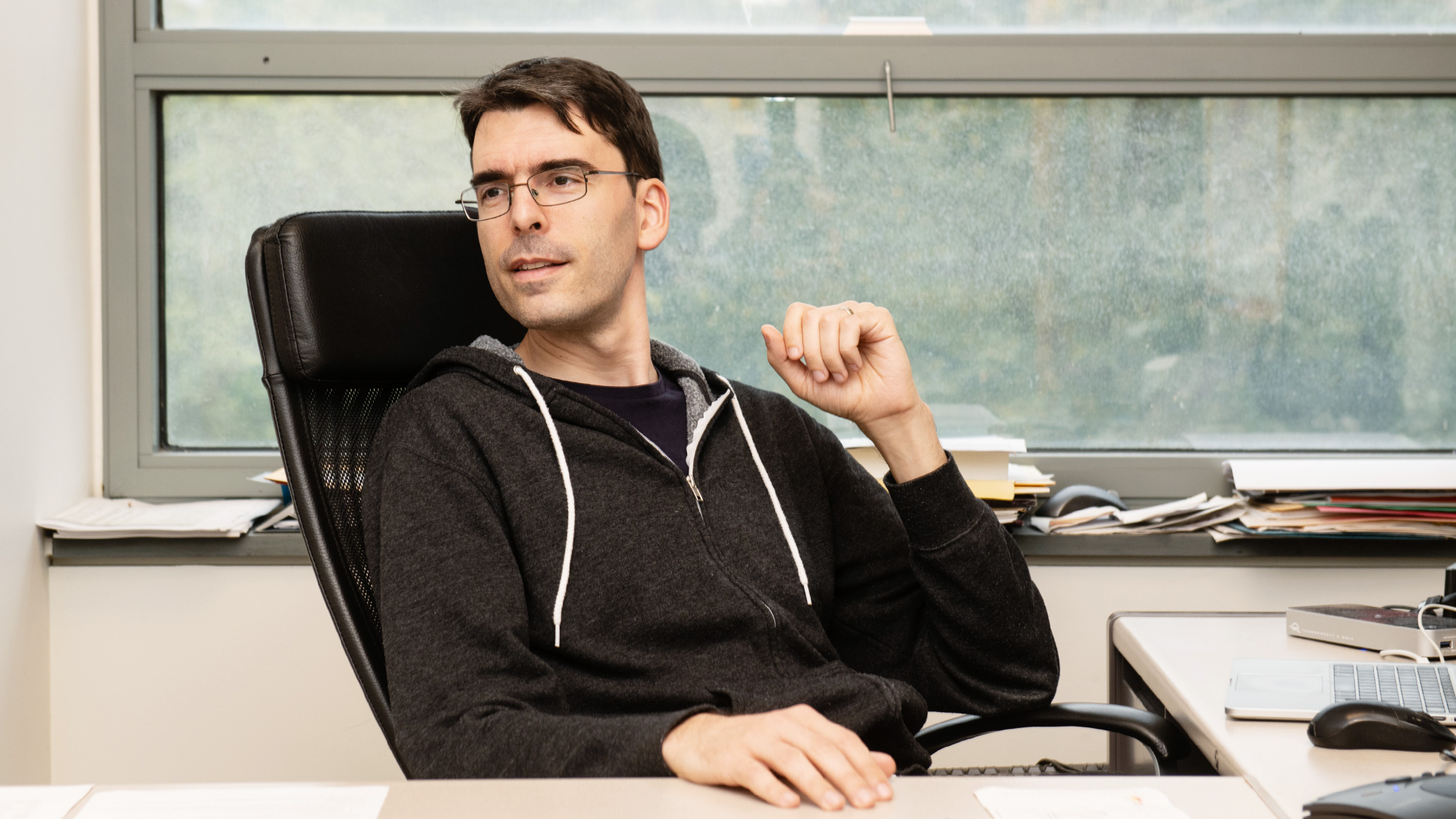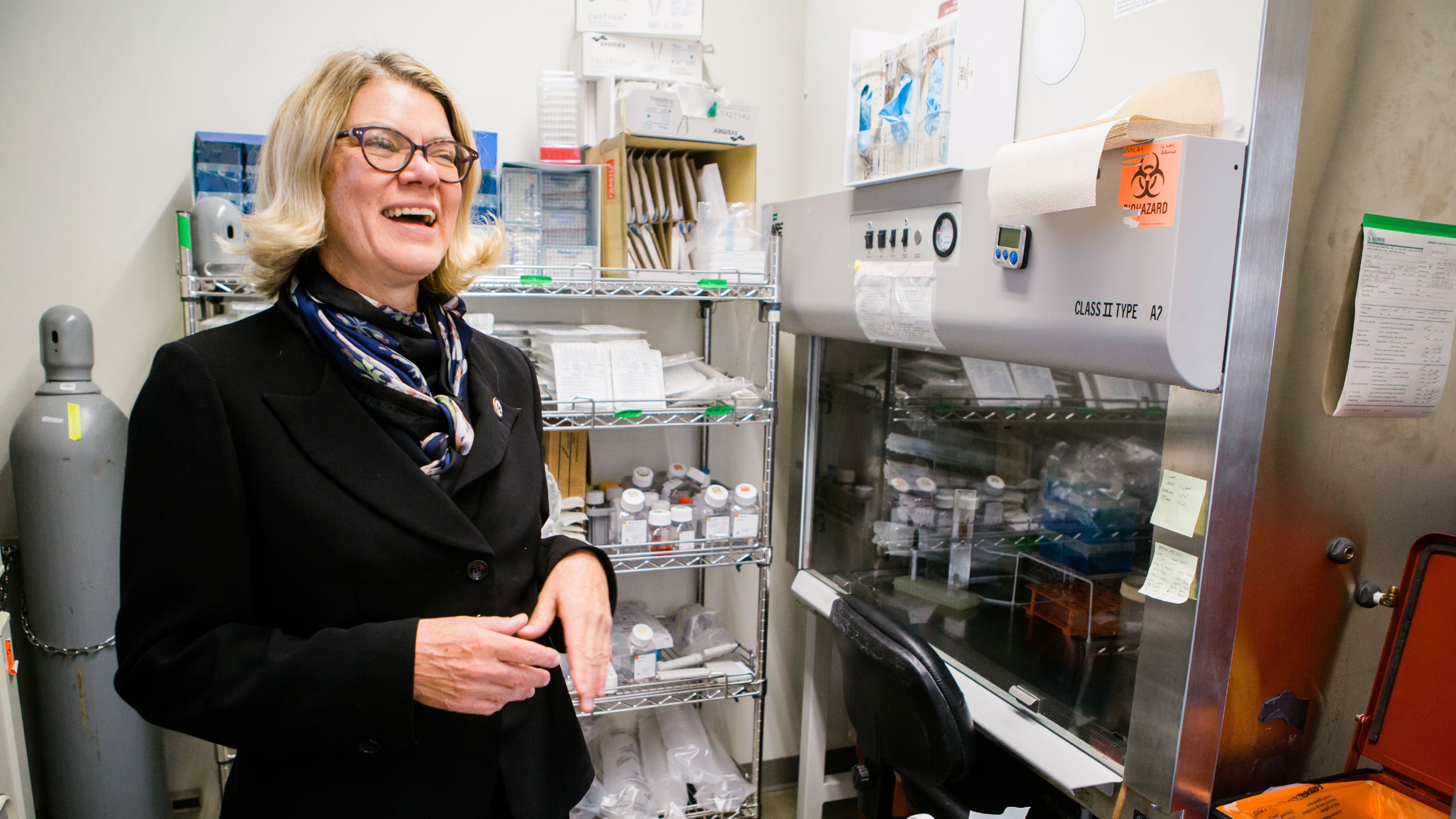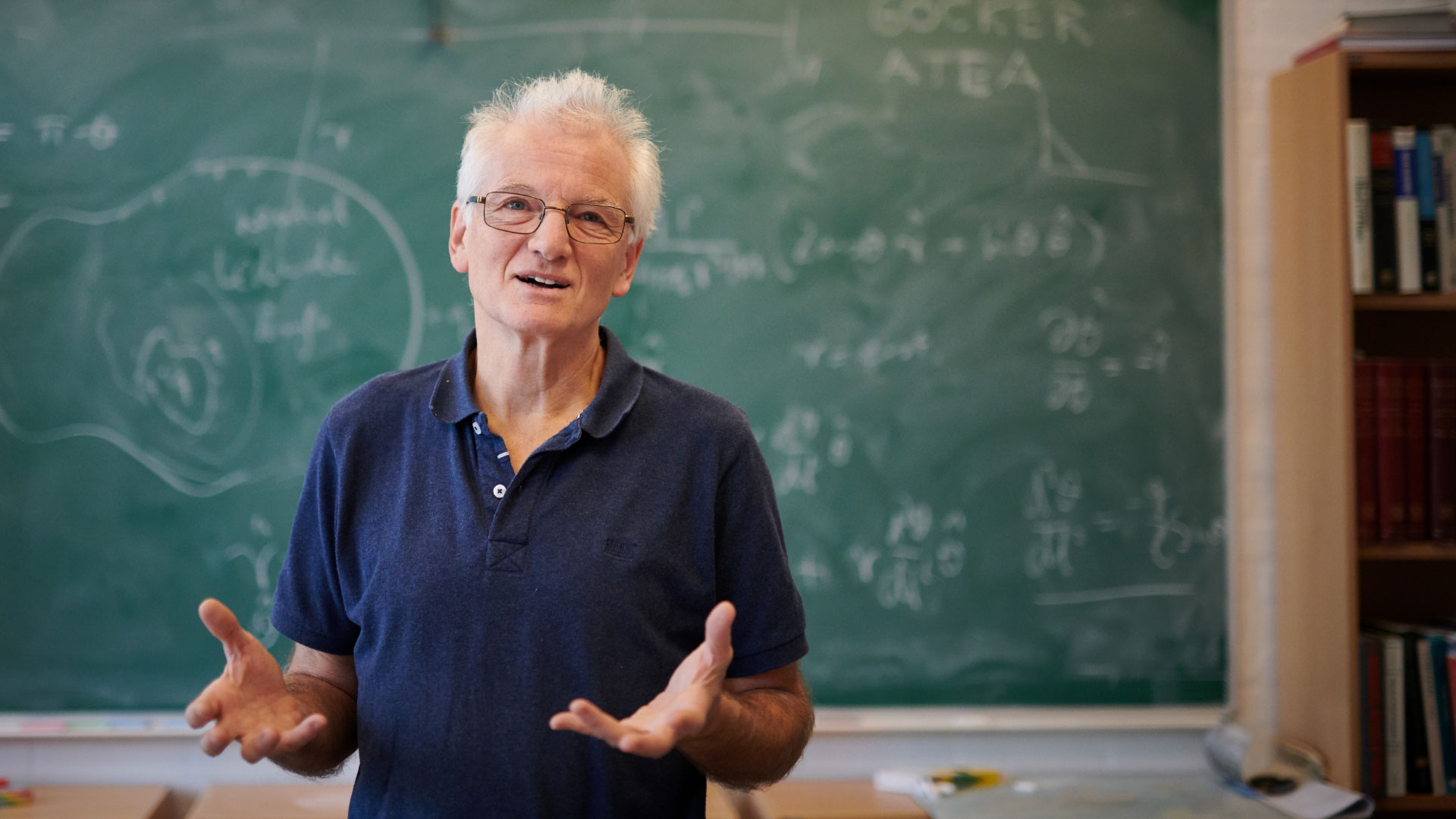Videos
The Biggest Breakthroughs in Mathematics: 2025
2025 marked a historic year in mathematics. Researchers solved a major case of Hilbert’s ambitious sixth problem, proved a sweeping new theorem about hyperbolic surfaces, and settled the longstanding three-dimensional Kakeya conjecture.
Read related article
Explore All Videos
Meenakshi Wadhwa on Meteorites and the Solar System
Meenakshi Wadhwa explains how meteorites illuminate the origins of Earth and the rest of the solar system.
Martin Rees on the Future of Science and Humanity
Martin Rees, the University of Cambridge astrophysicist, Astronomer Royal and popular author, discusses how our society can benefit from future science and technology while avoiding potential pitfalls.
Quanta Writers and Editors on Time, Life, Math and the Universe
On November 16, more than 200 readers joined writers and editors from Quanta Magazine for a panel discussion exploring the latest ideas in fundamental physics, biology and mathematics research.
Why Different Parts of a Coffee Mug Produce Different Pitches
The Stanford mathematician Tadashi Tokieda demonstrates one of his physics “toys”: the curious higher and lower notes you hear when tapping a coffee mug with a spoon.
Albert Einstein, Holograms and Quantum Gravity
How does gravity work in the quantum regime? A holographic duality from string theory offers a powerful tool for unraveling the mystery.
Valeria Pettorino on Learning About Dark Energy With the Euclid Satellite
Valeria Pettorino discusses the prospects of learning about dark energy with the Euclid satellite.
Mario Jurić on How Astronomy Is Changing
Mario Jurić explains how the nature of what it means to be an astronomer is changing.
Renee Reijo Pera on the Importance of Timing in Embryo Development
Stem cell researcher Renee Reijo Pera of Montana State University explains how the timing of developmental events in the early embryo can subtly affect health many years later.
Tomas Bohr on Performing the Double-Slit Experiment with Bouncing Droplets
Tomas Bohr explains the significance of the double-slit experiment in exposing the weirdness of the quantum world.
